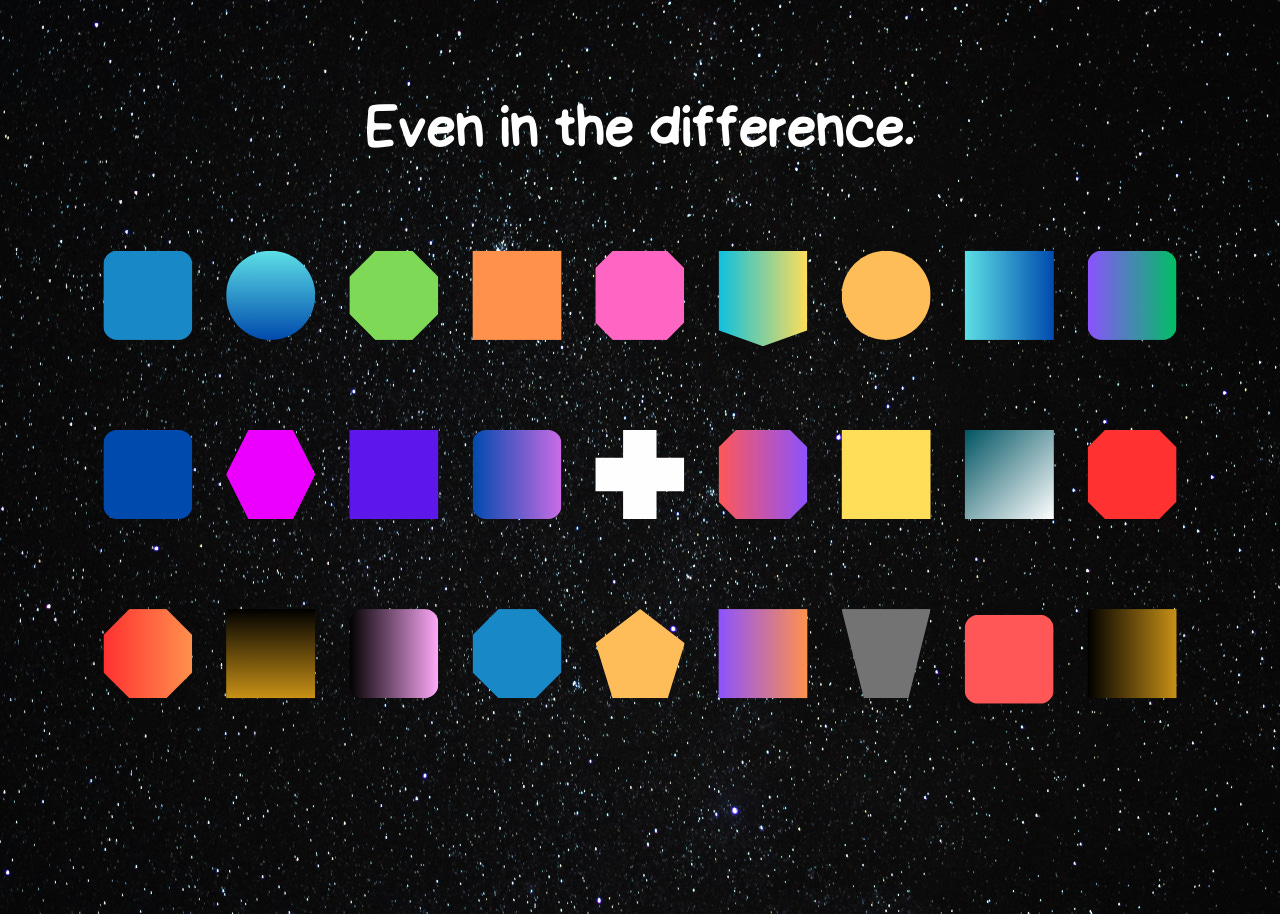🏷️ Categories: Attention, Memory
These are the tasks I have for today:
Write in Substack
Do the shopping
Hang out the washing
Take the penguin to the vet
Tidy up my library
Go to the hairdresser
If after 1 hour I asked you about my tasks for today, which one would you not forget?
In this list, the task ‘take the penguin to the vet’ stands out from the rest. Why? Because, in a set of everyday activities like shopping or going to the hairdresser, something as unexpected as taking a penguin to the vet seems unusual and out of context. Its strangeness grabs your attention instantly, making it all the more memorable (Deutsch & Sternlicht, 1967).
Like this last sentence I just put in bold, which you will remember better.
This is the von Restorff effect, the effect whereby what is different is not forgotten.
Let's see how it works and more importantly, how we can use it to our advantage.
What is the von Restorff effect?
In 1933, the psychologist Hudwig von Restorff noticed something peculiar.
When people memorised concepts or had to recall key elements in a text, they remembered much more easily the elements that stood out for some characteristic. If a word differed from the others in characteristics such as colour, size or semantic category, this word was easily remembered.
This is why you can't forget I have to take my penguin to the vet.
An isolated piece of information, standing out from a group, is perceived as more important just because it is more easily remembered. This happens because you fall into the availability heuristic. This affects your memory in two ways, it is easier to memorise and it is easier to recall because the salient stimulus, being unique in its context, does not compete with similar memories (Hunt & Lamb, 2001).
It is unmistakable.
The power of effect
If the extraordinary abounds, it becomes ordinary.
When you underline what is important, highlight ideas in bright colours or write a sentence in bold, you are applying the von Restorff effect, but you may have noticed a problem: the more elements you highlight, the less memorable they are. If I had told you that I have to take my penguin to the vet, brush the elephant's tusks and bathe the hippo, then the penguin would lose that differentiating halo.
This happens because you are making ordinary what was extraordinary.
This not only serves to memorise better, it also serves to be more memorable.
Let's take the case of writing:
If most people write long texts, write with few but intense words.
If most people write short texts, write longer and more detailed texts.
If most people include photos and videos, include diagrams and drawings.
If most people use light-coloured themes for their Substack, use dark colours.
If most people publish on one day, publish on another day.
There is always one quality that stands out, whether it is colour, length, visual references or time. Everyone is unique, but not everyone expresses themselves differently.
That's the point, to get your personality across.
The war of attention
Marketing and design people know this all too well.
The average person consumes about 35 GB of information daily (Bohn & Short, 2012), so everyone wants their message to be the signal that is heard rather than the noise that is ignored amidst all the data. Advertisements, book covers, logo design, limited edition packaging, eye-catching typography, a special smell, a catchy slogan?
They all seek to capture attention in an information-saturated environment.
They all seek to be the penguin on the list.
✍️ It's your turn: Think about how you could showcase your distinct identity in areas where you want to stand out from the crowd.
💭 Quote of the day: ‘Style, like taste, resists lucid definition; both, however, are subject to constant change’. Harlan Ellison, I Have no Mouth and I Must Scream.
See you next time! 🐧
References 📚
Deutsch, M. R., & Sternlicht, M. (1967). The Role of “Surprise” in the Von Restorff Effect. The Journal Of General Psychology, 76(2), 151-159. https://doi.org/10.1080/00221309.1967.9710384
Hunt, R. R., & Lamb, C. A. (2001). What causes the isolation effect? Journal Of Experimental Psychology Learning Memory And Cognition, 27(6), 1359-1366. https://doi.org/10.1037/0278-7393.27.6.1359
Von Restorff, H. (1933). Über die Wirkung von Bereichsbildungen im Spurenfeld. Psychologische Forschung, 18(1), 299-342. https://doi.org/10.1007/bf02409636









Excellent advice, Alvaro. Thank you.